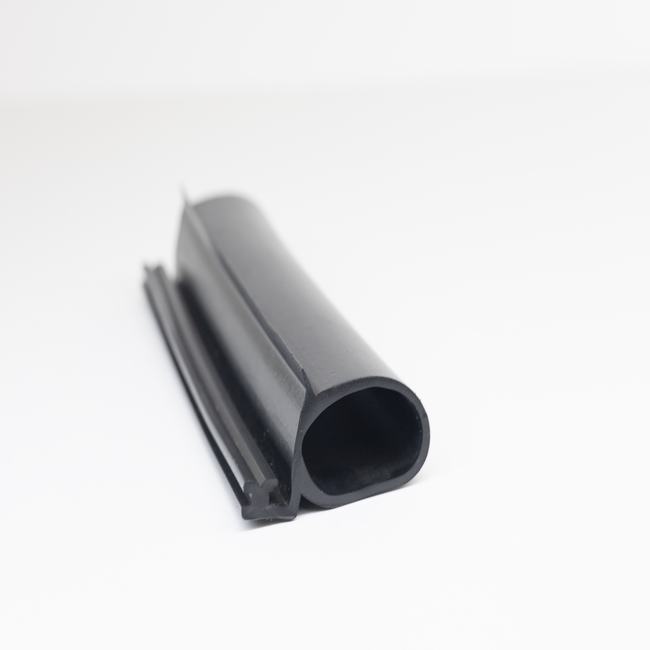Automatic door seals, also known as automatic door bottom seals or automatic door sweeps, are specialized sealing devices designed for use in automatic sliding or swinging doors. These seals serve multiple purposes, including improving energy efficiency, soundproofing, and maintaining a secure and clean indoor environment. Here’s an overview of automatic door seals:
Key Features and Functions:
- Sealing: The primary function of automatic door seals is to create a tight seal at the bottom of the door when it is in the closed position. This seal prevents the infiltration of outdoor elements such as drafts, rain, dust, insects, and noise.
- Energy Efficiency: By effectively sealing the gap between the door and the floor, automatic door seals contribute to better energy efficiency. They help retain conditioned air (heated or cooled) inside the building, reducing energy consumption and utility costs.
- Soundproofing: Automatic door bottom seals can help reduce the transmission of sound between rooms or between indoor and outdoor spaces. This is particularly valuable in commercial settings, hotels, or residential areas with noise concerns.
- Smoke and Fire Control: Some automatic door seals are designed to provide smoke and fire control in case of an emergency. These seals expand and seal the gap at the door bottom in the event of a fire to prevent smoke and flames from spreading.
- Cleanliness: Automatic door sweeps help keep interior spaces clean by blocking the entry of dust, dirt, and debris from outside.
Types of Automatic Door Seals:
- Drop Bar Seals: These seals consist of a bar that drops down when the door closes, forming a seal against the floor. They are often used in commercial and residential settings.
- Brush Seals: Brush seals utilize flexible bristles (typically made of nylon or other materials) that conform to irregularities in the floor, creating an effective barrier against drafts and contaminants. They are commonly used in industrial and commercial applications.
- Spring-Loaded Seals: These seals are equipped with springs that allow the seal to retract when the door is opened and extend when the door is closed, creating a tight seal.
Installation and Maintenance:
Proper installation of automatic door seals is essential to ensure their effectiveness. They should be installed according to the manufacturer’s instructions, typically at the bottom of the door.
Maintenance involves regular inspection to check for wear and tear, damage, or obstructions that could hinder the seal’s function. Damaged or worn seals should be promptly replaced to maintain their sealing performance.
Applications:
Automatic door seals are commonly used in a variety of settings, including:
- Commercial buildings and offices
- Retail stores and malls
- Hotels and hospitality establishments
- Healthcare facilities
- Residential homes
- Industrial facilities
- Educational institutions
In conclusion, automatic door seals are essential components in enhancing energy efficiency, soundproofing, and indoor comfort while maintaining cleanliness and security. Their installation and maintenance play a crucial role in achieving these benefits, and they are commonly found in a wide range of applications.


